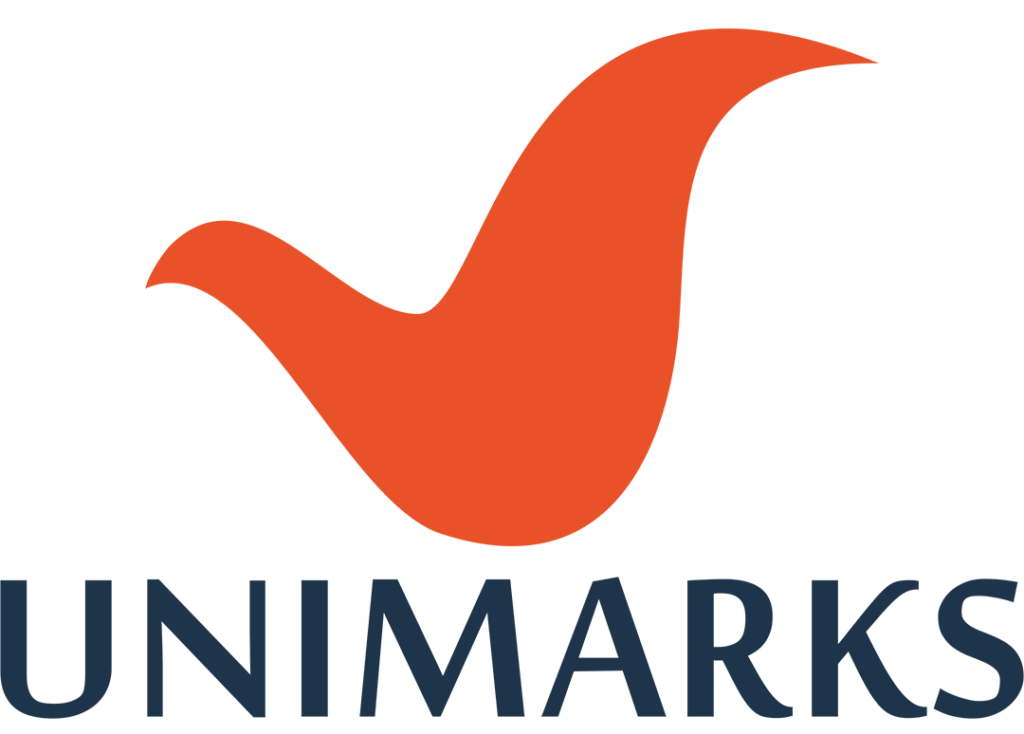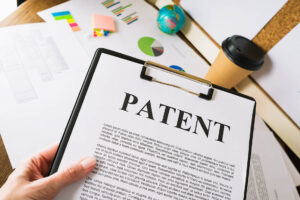A provisional patent application is a legal document that provides an inventor with a temporary patent pending status. It allows the inventor to establish an early effective filing date for their invention, while also giving them more time to complete a non-provisional patent application. However, before filing a provisional patent application, there are certain things that an inventor must know.
What is a Provisional Patent Application?
A provisional patent application is a legal document that describes an invention and its features, but does not undergo the full examination process of a non-provisional patent application. The main purpose of a provisional patent application is to establish an early effective filing date for an invention, and to provide the inventor with a temporary patent pending status.
Once a provisional patent application is filed, the inventor has 12 months to file a non-provisional patent application. The non-provisional patent application will then be examined by the patent office, and if granted, will result in the issuance of a patent.
Benefits of Filing a Provisional Patent Application
Establish an Early Effective Filing Date: One of the main benefits of filing a provisional patent application is that it establishes an early effective filing date for the invention. This is important because in many countries, the first person to file a patent application for an invention is the one who is granted the patent.
Temporary Patent Pending Status: A provisional patent application also provides the inventor with a temporary patent pending status. This means that the inventor can begin marketing and promoting their invention, while also being able to claim patent pending status.
More Time to Complete a Non-Provisional Patent Application: A provisional patent application also gives the inventor more time to complete a non-provisional patent application. The inventor has 12 months from the date of filing the provisional patent application to file a non-provisional patent application.
Cost-Effective: Filing a provisional patent application is also more cost-effective than filing a non-provisional patent application. The fees for filing a provisional patent application are typically lower than those for a non-provisional patent application.
Things to Keep in Mind Before Filing a Provisional Patent Application
Provisional Patent Applications are not examined: One of the most important things to keep in mind before filing a provisional patent application is that it is not examined by the patent office. This means that the patent office does not conduct a thorough review of the application and does not provide any feedback on the invention.
Provisional Patent Applications do not result in a granted patent: Filing a provisional patent application does not result in a granted patent. The purpose of a provisional patent application is to establish an early effective filing date and provide a temporary patent pending status. In order to be granted a patent, a non-provisional patent application must be filed within 12 months of the provisional application and must pass examination by the patent office.
Provisional Patent Applications have a lower standard of enablement: Provisional patent applications have a lower standard of enablement than non-provisional patent applications. This means that a provisional patent application does not need to provide as much detail about the invention as a non-provisional patent application. However, it is still important to provide enough information about the invention to support the claims made in the application.
Provisional Patent Applications must be supported by a non-provisional patent application: A provisional patent application must be supported by a non-provisional patent application within 12 months. If a non-provisional patent application is not filed within this time frame, the provisional patent application will become abandoned and the inventor will lose the benefit of the early effective filing date.
Provisional Patent Applications are not available in all countries: It is important to note that not all countries have a provisional patent application system. In countries where it is not available, inventors must file a non-provisional patent application in order to establish an effective filing date.
Forms required for Provisional Patent Application: –
Form 1:
Application for the particulars of the Patent application is a legal document that must be filed along with a provisional patent application. It is used to provide the patent office with information about the inventor(s) and the patent agent (if applicable), as well as details about the invention, such as the title and technical field.
This form typically requires the following information:
- Personal details of the inventor(s), including name, address, and nationality
- Details of the patent agent, if the application is being filed through one
- Title of the invention
- Technical field of the invention
- Priority details, if any (if the invention is based on an earlier filed application)
It is important to note that this form must be signed by the inventor(s) or the patent agent and must be accompanied by the necessary fees. Inaccurate or incomplete information provided in Form 1 may result in delays or rejection of the provisional patent application.
Form 2:
Application for the Provisional Specification is a legal document that is filed along with a provisional patent application. It is used to provide the patent office with a detailed description of the invention, including its technical features and how it works. This form is also called Provisional Specification Form.
This form typically requires the following information:
- A detailed description of the invention, including its technical features and how it works
- Drawings or diagrams that illustrate the invention, if applicable
- Examples of how the invention can be used
- Any known prior art in the field
- The advantages and benefits of the invention over existing solutions
- The best mode of carrying out the invention
It is important to note that the Provisional Specification should be as detailed as possible, and it is advisable to seek the assistance of a patent attorney to ensure that the specification fully describes the invention and its features. A well-drafted provisional specification can provide a solid foundation for the non-provisional patent application and increase the chances of success during examination.
Form 26:
The Form of Authorization of the Patent Agent is a legal document that is required to be filed along with a provisional patent application, if the application is being filed through a patent agent. It authorizes the patent agent to act on behalf of the inventor(s) in all matters related to the patent application, including communication with the patent office and representation during the examination process.
- This form typically requires the following information:
- Personal details of the inventor(s), including name, address, and nationality
- Details of the patent agent, including name, address, and registration number
- A statement authorizing the patent agent to act on behalf of the inventor(s) in all matters related to the patent application
- Signature of the inventor(s) or their authorized representative
It’s important to note that Form 26 must be signed by the inventor(s) or their authorized representative and must be accompanied by the necessary fees. It is also important to ensure that the patent agent is registered with the patent office and has the necessary qualifications and experience to represent the inventor(s) in the patent application process.
Conclusion
In conclusion, filing a provisional patent application can be a useful tool for inventors, but it is important to understand the limitations and requirements of the process. It is recommended that inventors consult with a patent attorney before filing a provisional patent application to ensure that they are aware of the potential benefits and drawbacks of the process.
Check out: Provisional vs Non-Provisional Patents: Which One is Right for Your Invention?







